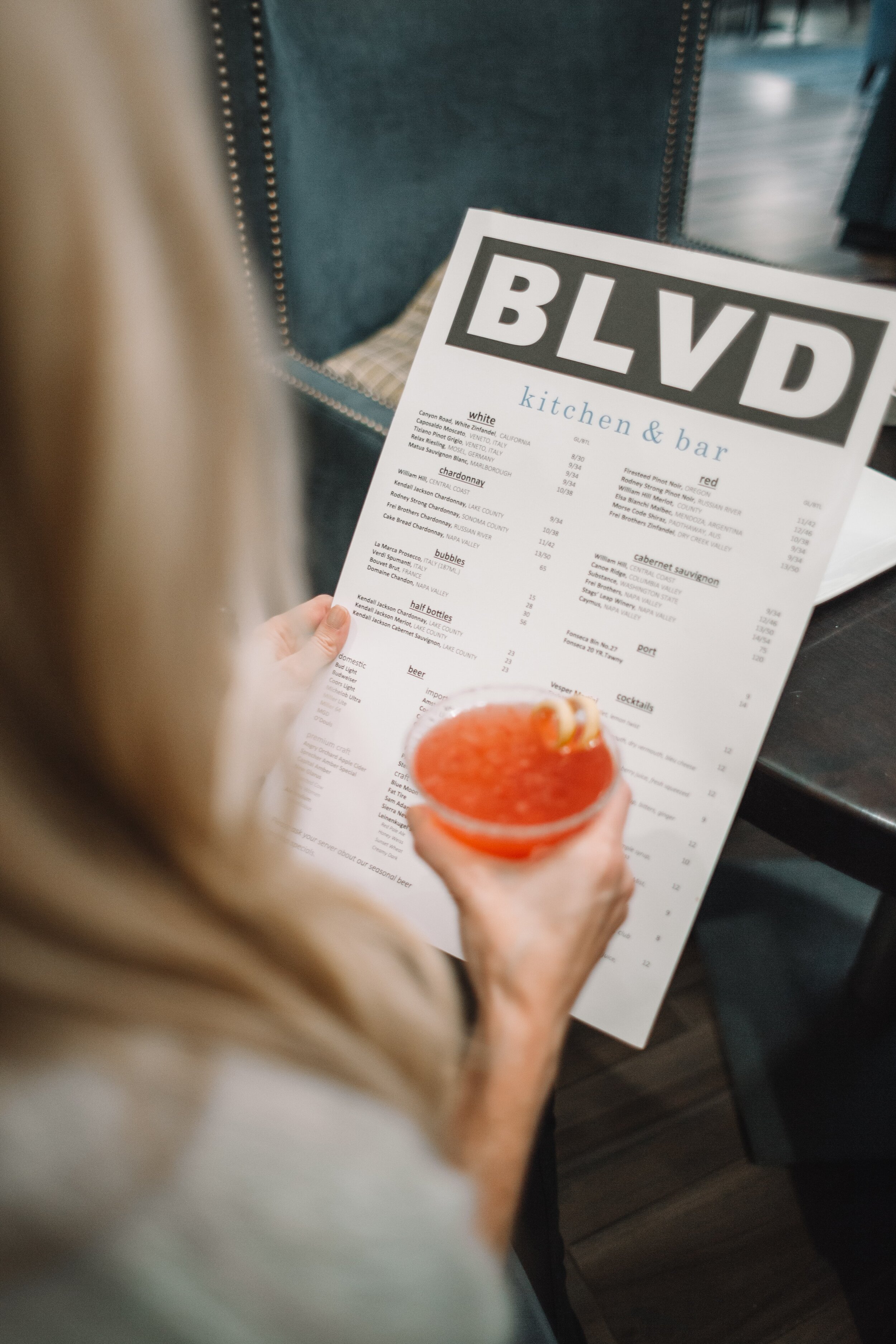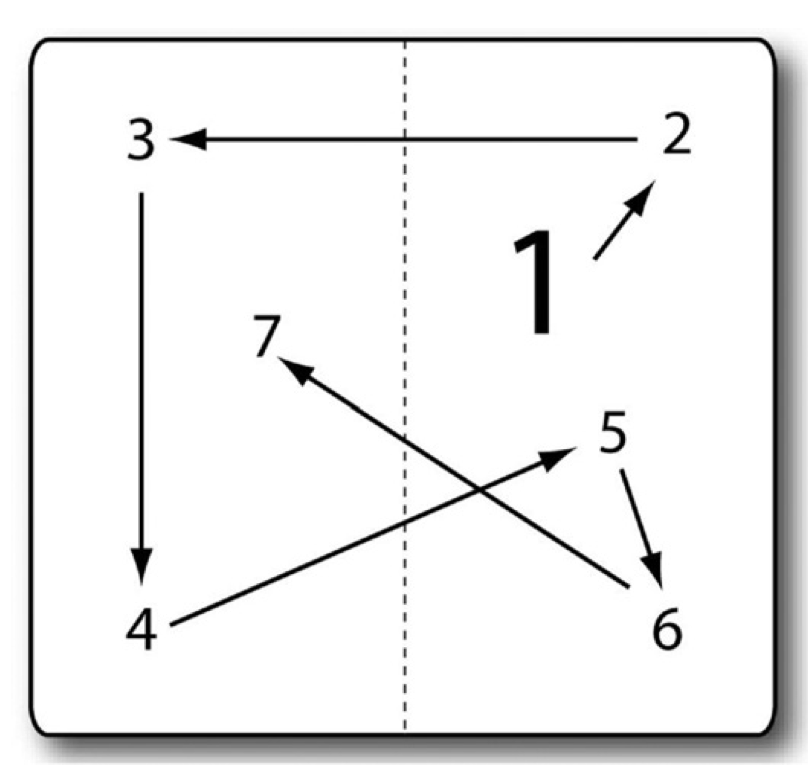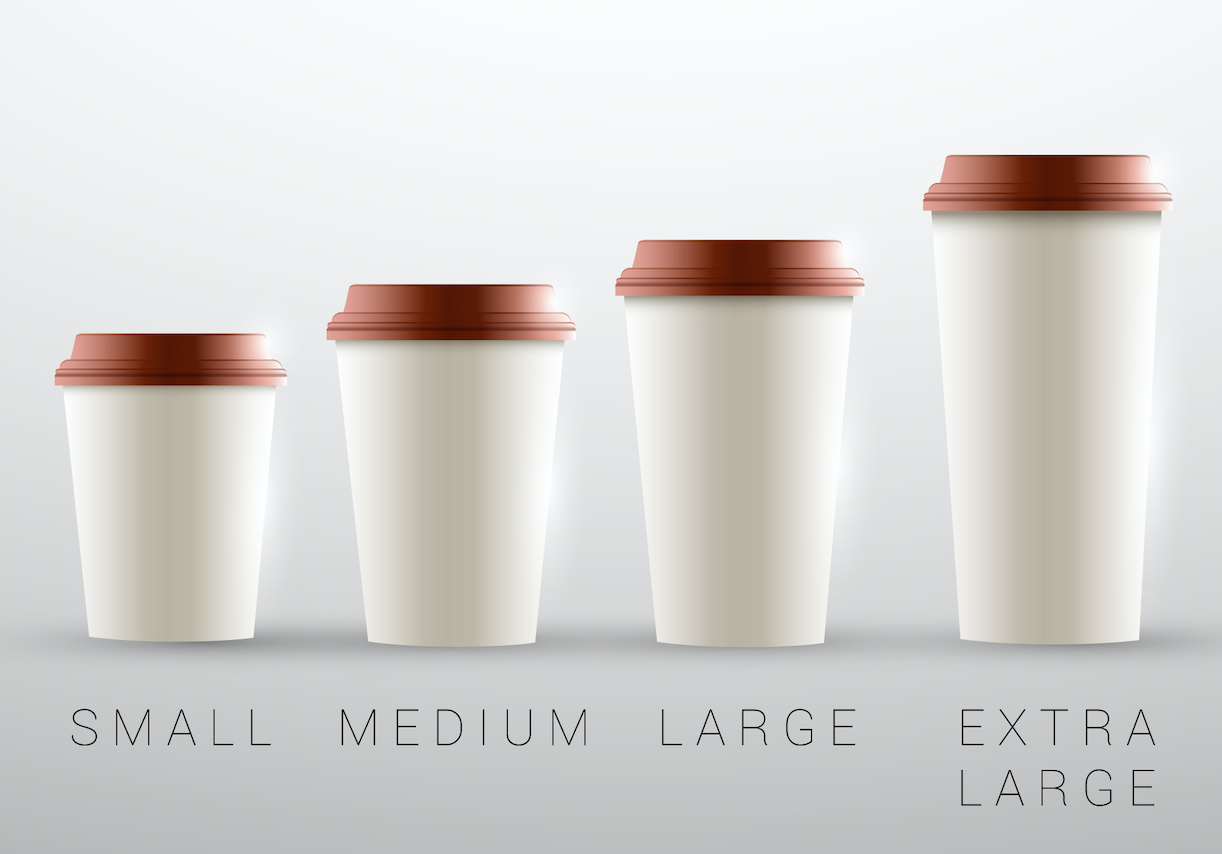Leveraging the psychology of menu design: how to influence consumer choices and menu profitability
Your restaurant is running well, and you’re getting tons of traffic. Yet, you can’t seem to control your sales and increase your profitability
If that’s the case, you really should ask yourself: Is your menu helping your business or working against you?
Your Most Powerful Marketing Tool
For any restaurant, the menu stands at the core of your business – it shows what you are selling to your guests.
But did you know your menu could be much more than just a vehicle to show diners what you have to offer?
Your menu has the power to influence the whole dining experience, and it’s the single piece of marketing you surely know each of your guests will see and act upon. Making it the most powerful marketing tool in your business to strategically influence customer buying decisions and boost your menu profitability.
Backed by years of research done on consumer behaviour, covering aspects such as reading patterns, eye movement, product positioning, colour usage, design elements, descriptions, pricing strategy and more - We know that using certain design elements can influence consumer behaviour.
In the restaurant industry, this practice is called Menu Engineering. It’s the industry’s way to subtly influence diners choice - persuading them to make certain decisions and spend more money at your restaurant.
By leveraging the psychology of menu design, you can enhance your customer experience, making it easier for your guests to choose - while optimising your menu profitability. And we can do this without changing a single menu item.
So how is it done?
Menu Engineering
By far the most superior menu strategy tool to optimise menu profitability. It’s where we start based on a foundation of understanding and knowledge, gained through a thorough financial menu engineering analysis process.
Within such analysis, we look at each menu item’s contribution margin (profitability) and quantity sold (popularity) - when compared to your average menu mix performance. Based on the menu performance analysis, we are able to categorise each menu item as either a star, puzzle, plow horse or dog. This provides menu engineers essential information to develop effective menu strategy.
This is where a full menu engineering analysis meets the psychology behind menu design, to create a menu that helps deliver better customer experiences, while guiding customers to make certain choices and optimising your menu profitability.
The Golden Triangle
Based on studies done on eye movement, reading patterns and decision making - you are able to influence consumer behaviour and steer your guests into ordering what you want them to order. You can do this with some simple item placement and design tactics.
The Golden Triangle is a triangle area on our menu that consumers tend to look at first - which starts around the middle of the page, up to the top right corner and then to the top left corner.
This area on your menu should include your most profitable menu items.
As our eyes tend to naturally look at this area first, we get fixated on the first things we see, and will compare everything else on the menu to what we have already seen.
Menu Engineers use this space to list items that we want to sell more of. These are generally high contribution margin items that are categorised as ‘Stars’ or ‘Puzzles’ within the Menu Engineering process.
* Note: these should include your most profitable items, not just your most expensive items. If you don’t know your recipe cost, we recommend downloading our free or advanced menu matrix tool to cost our your recipes first.
Highlight it
Simply putting high-margin items in your golden triangle might not be enough.
To guide customers further in their decision making process, we can make use of colours or any other highlight to draw attention towards the menu item. Make sure you don’t overdo it here. If everything is highlighted, actually none of your items are highlighted.
A good rule of thumb is to highlight a single item in each section or category of your menu.
Sizes
Offering multi-size options can help you to increase your average check by driving the guest’s attention into choosing the more expensive product.
When guests are presented with a range of sizes, they tend to avoid the extremes, and opt for the one situated in the middle. This is called the Center Stage Effect.
In the F&B industry, this usually represents the medium option. To leverage on the center stage effect further, presenting multiple sizes enables you to make use of the ‘attraction effect’, by creating extremes around the medium option. In doing so, you could make the large option seem like a better deal, when compared to the small option. Unconsciously, guests will tend to go with the best value they can get - helping you to sell more medium and large sized menu items.
Get Started
In order to optimise your menu and promote your most profitable menu items - you need to know your recipe cost for each menu item you sell.
If you aren’t sure how to cost out your recipes - The Horeca Collective offers a free Menu Matrix Builder in which you can cost out all your recipes (recommended for small independent businesses).
Want to learn more about menu strategy?
We developed a Restaurant Profitability Strategy Playbook - covering menu and restaurant strategies, including various industry strategies and best practices used by global chains and successful restaurant operators. The playbook contains 22 strategies - covering menu engineering, psychology, design and up/ cross sell tactics.
Not sure on where to start? Send us a message and we’ll see if we can help you out.
you can email us at support@horecacollective.com or contact us by clicking here









